Need Support?
Please provide your question. We’ll find you with the best support options.
⬇️ Scroll Down Now or Contact ISK for More Bearing Information
Table of content
2. What is the Difference Between Bushing and Bearings?
DU bushings, often referred to as dry bushings or self-lubricating bushings, belong to the broader bushing family.
They are a multi-layer composite sliding bearing designed to deliver reliable, maintenance-free operation without the need for external lubrication.
A DU bushing typically consists of:
Steel backing – provides structural strength
Porous bronze layer – improves load capacity and heat transfer
PTFE + lead or polymer surface – offers low friction and excellent wear resistance
Because of this layered construction, DU bushings are widely used in applications requiring low friction, long service life, and zero maintenance, such as automotive components, hydraulic equipment, and industrial machinery.
A bushing is a cylindrical lining used to reduce friction, guide movement, or absorb vibration between two mechanical parts—most commonly between a shaft and a housing.
Typically, DU bearings consist of a steel backing, a porous bronze layer, and a polytetrafluoroethylene (PTFE) lining. The steel backing provides structural strength and support to the bearing. The porous bronze layer acts as a solid matrix, helping to retain and distribute the lubricating material evenly. Lastly, the PTFE lining possesses a low-friction surface and self-lubricating properties.
One of the key advantages of DU bushing is their self-lubricating property. The polytetrafluoroethylene (PTFE) lining acts as a solid lubricant, reducing friction and wear between the bearing and the shaft. This self-lubricating characteristic eliminates the need for external lubrication, making DU bearings suitable for applications where maintenance and lubrication are challenging.
DU bushing offer several benefits. Firstly, they have a low coefficient of friction, resulting in reduced energy consumption and improved efficiency. Secondly, they exhibit excellent wear resistance, allowing them to withstand high loads and harsh operating conditions.
SF-1 BUSHES Catalogues Download
In summary, bushing bearings are sliding bearings with self-lubricating properties, characterized by low friction, high wear resistance, and maintenance-free operation. With their versatile applications and stable performance, Bushing bearings are highly favored in industries that prioritize efficiency, durability, and reduced maintenance requirements.
A bushing is a type of plain bearing, meaning it provides a sliding surface between two parts.
A bearing, such as a ball or roller bearing, uses rolling elements to reduce friction.
If you want to know the difference between bushing and bearing, you should first understand What the bearings are.
According to the rotational motion and the linear motion, they are mainly divided into Ball Bearings, Needle Roller Bearings, Rod End Bearings, Thrust Bearings, Bushing Bearings, and Self-aligning roller bearings, etc.
The shape and clearance or interference fit with mating components of each bearing are designed to suit its specific application.
Bearing shapes can vary widely, and features such as flanges, balls, and holes can be customized to improve the overall performance of the application.
Comparison of Self-Lubricating (Dry) Bearings with Ball Bearings and Roller Bearings
Self-lubricating (dry) bearings exhibit a sliding effect and are typically self-lubricating to ensure smooth and continuous operation. In sleeve or sliding bearings, the shaft and bearing move in opposite directions on a sliding surface. In contrast, rolling bearings have two parts in close proximity—the inner ring and the outer ring—separated by rolling elements. This design results in significantly less friction than in self-lubricating (dry) bearings.
In summary, while all bushing is always a bearing, but not all bearings are bushing.
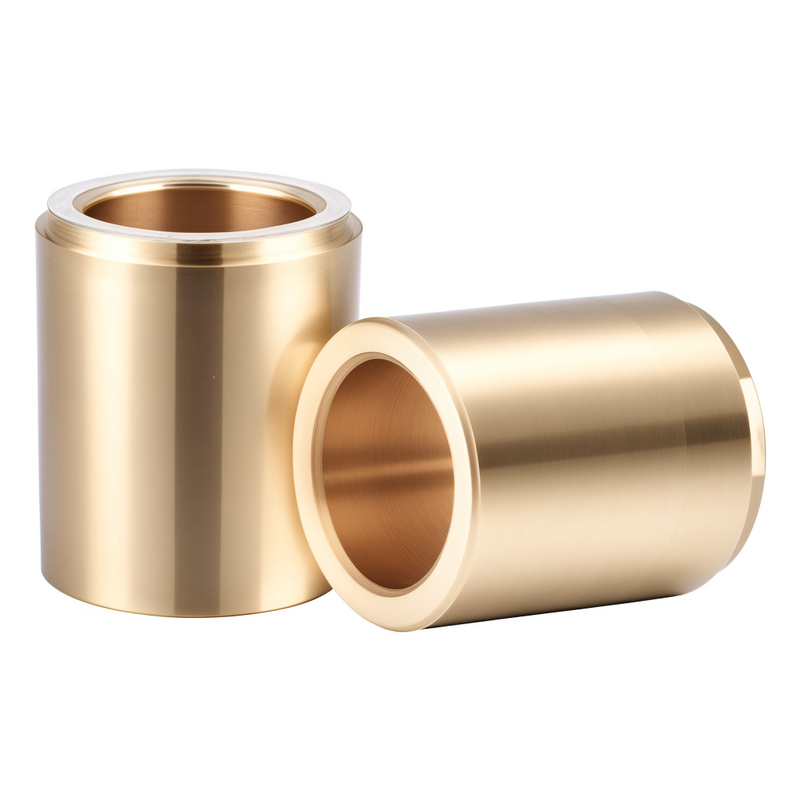
These bushing have a solid, one-piece construction with a plain cylindrical shape. They are the simplest and most common type of bearing bushing.
As the name suggests, split sleeve bushing consist of two halves that can be easily assembled or disassembled. They are convenient for applications where installation space is limited or when the shaft cannot be removed.
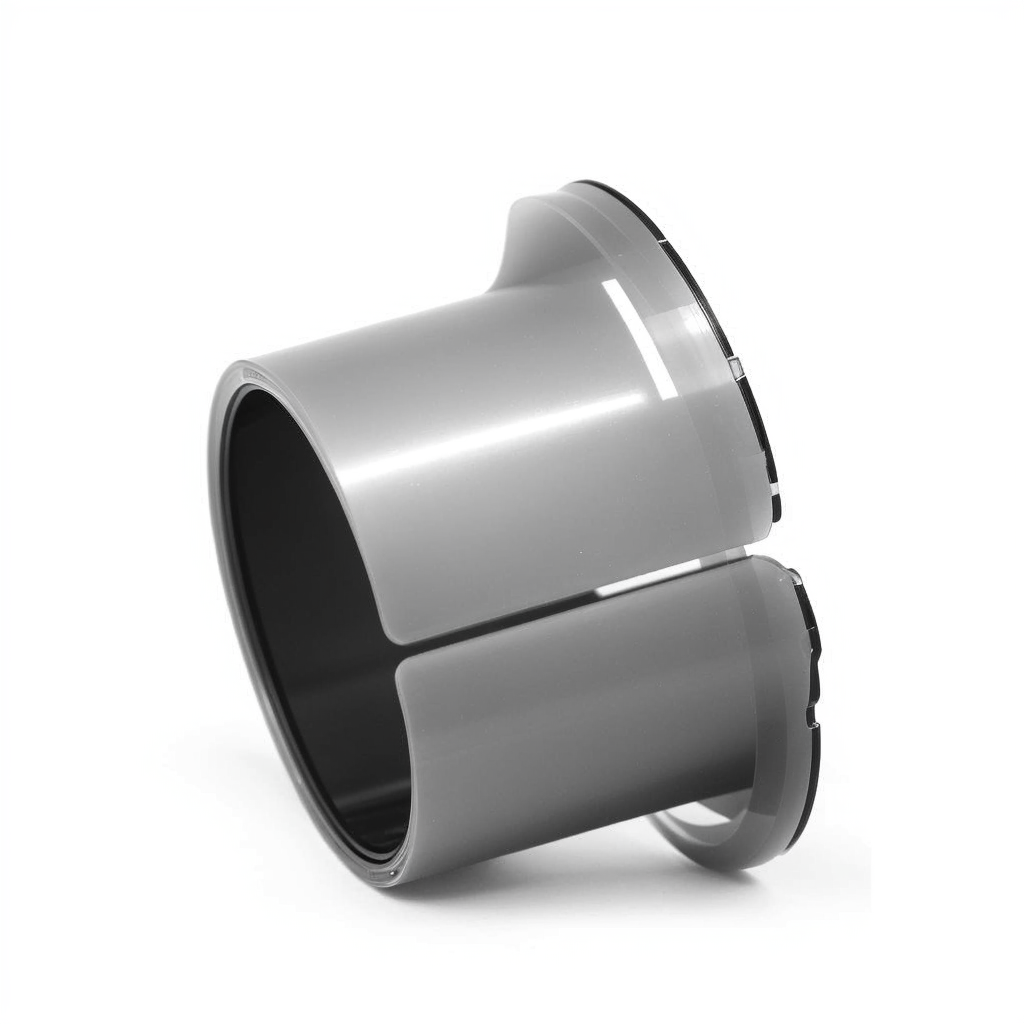
Flanged bushing have an extended flange on one end, providing axial stability and preventing axial movement of the bushing within the housing.

Thrust washers are flat, washer-like bearing bushing designed to support axial loads.
Due to their exceptional stability and self-lubricating properties, DU bushing are widely used in various industrial sectors.
DU bearings are commonly used in fitness equipment components such as treadmill rollers and drive chain systems. If bearing-related issues are detected early, replacing them with bushing bearings can prevent component damage. The excellent self-lubricating properties of DU bearings significantly reduce maintenance costs for fitness equipment.
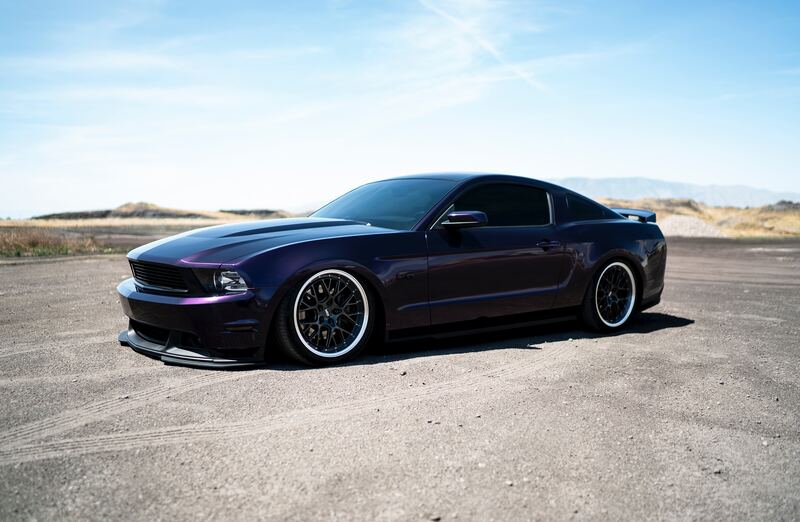
DU bearings are also frequently employed in automotive suspension systems, including suspension arms, support brackets, and linkages. The outstanding self-lubricating properties enable DU bearings to achieve long-lasting stable operation in automotive environments.
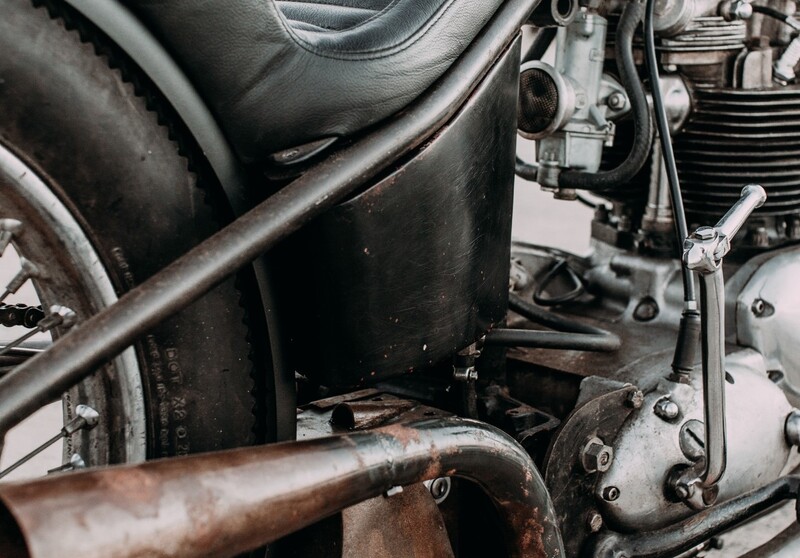
DU bearings find extensive use in equipment such as pneumatic cylinders and fans. These devices often operate under high pressure and high temperature conditions, and the wear resistance and self-lubricating properties of DU bushing allow them to withstand extreme working conditions.
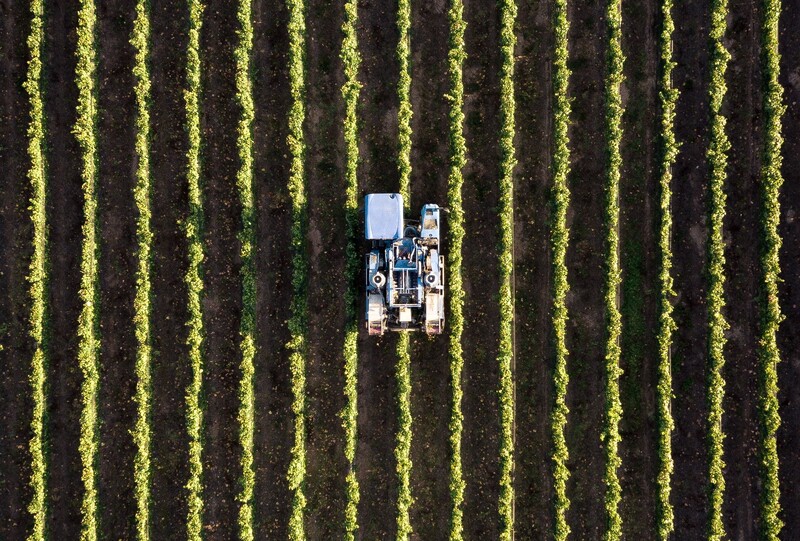
DU bearings are widely applied in agricultural machinery and equipment. For example, they are used in harvesting machine knife bearings, seeders' wheel bearings, and more. These applications often require bearings with excellent wear resistance, and DU bushing can provide stable operation while reducing maintenance requirements.
Difference Between Bushing and Bearing: Major Differences 
When choosing a bushing, consider:
Load type and frequency (radial, axial, oscillating)
Operating speed
Material compatibility (bronze, rubber, polymer, steel)
Environmental conditions (temperature, dust, chemicals)
Lubrication requirements
Tolerance and shaft fit
In conclusion, bushing bearings have extensive applications in fitness equipment, automotive, industrial, and agricultural sectors. Their self-lubricating, wear-resistant, and stable operation characteristics make them the preferred bearing solution for achieving efficiency, durability, and reduced maintenance requirements in various industrial applications.
Discover more about the features and applications of various bearings.
Click here to explore more articles and find the perfect bearing for your project.
Needle Bearings (Roller Bearings) are a type of bearing that performs exceptionally well at high speeds. Their rollers are precisely guided by specially shaped, high-rigidity cages with minimal dimensional error. Despite their small cross-section, needle bearings...
How Do Ball Bearings Work? Bearings are often small and unassuming components in a product, yet they are crucial for its proper functioning. Without bearings, many products would fail to operate effectively. But do you know how ball bearings...
Please provide your question. We’ll find you with the best support options.